A grand example of modern religious architecture
The encounter of the Second Vatican Council with architectural functionalism
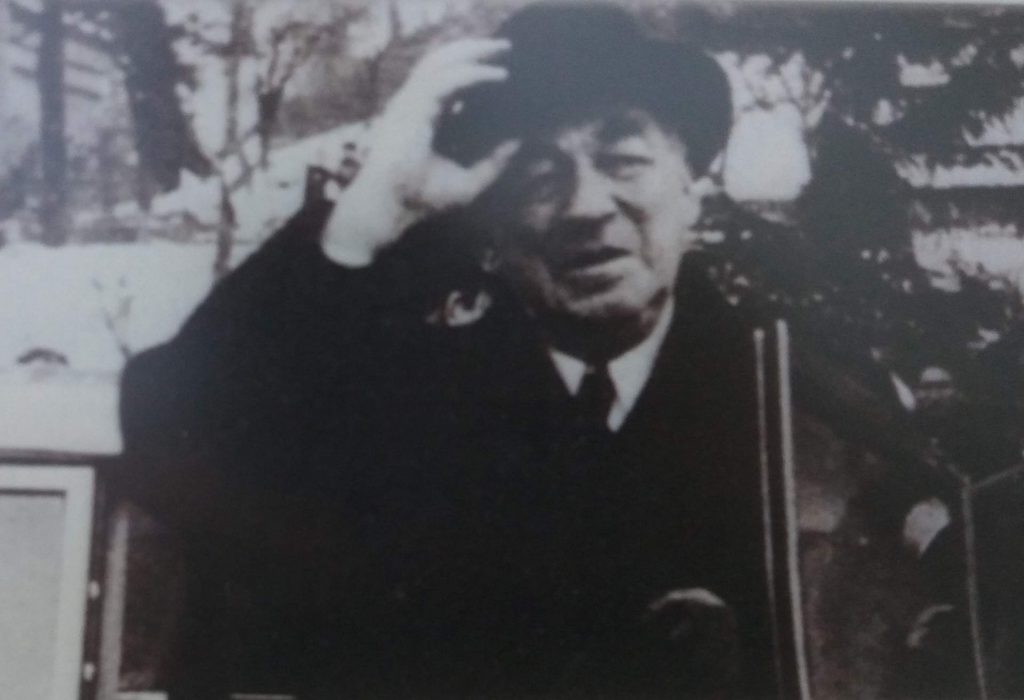
01. Alvar Aalto’s first Catholic Church
January 10th, 1966: Alvar Aalto, who is a Finnish architect, designer, scholar, pioneer of the modern movement and representative of functionalism, wandered around Riola. Here, the church of Santa Maria Assunta rose, the first Catholic Church that the architect designed during his long career.
02. A church built by the government, the Church, businesses and by many citizens of Riola
The setting was ideal, it was near the river and close to a village in need of a church. The residents rolled up their sleeves to contribute to buying the land, the construction company put effort in more than just covering the cost, and the government, the Church and local authorities contributed to its creation.
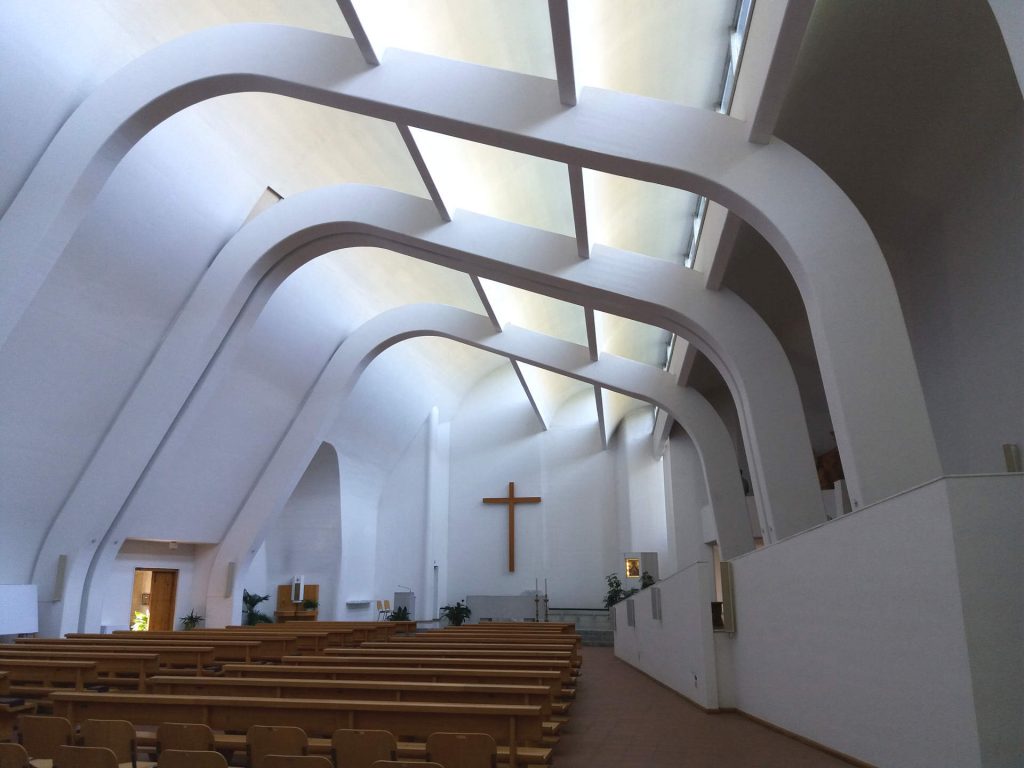
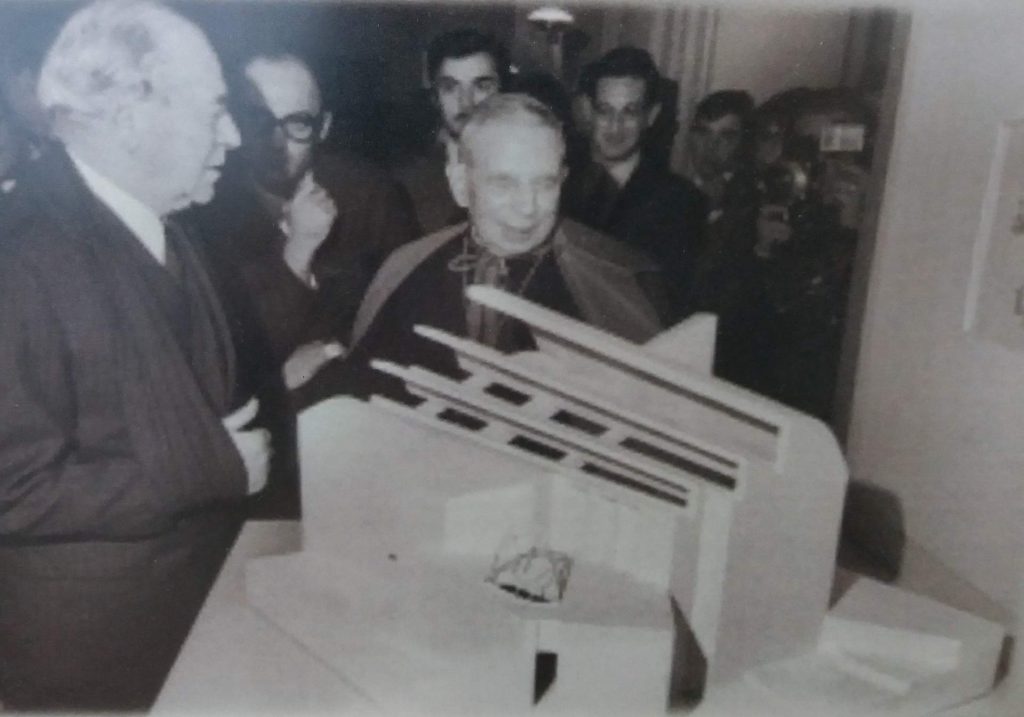
03. Giacomo Lercaro
Giacomo Lercaro was a strong advocate for this church. He had been the archbishop of Bologna since 1952 and he had participated in the Vatican Council as a moderate in the Council Assembly. Notable are his contributions on the themes of the liturgy and of the poverty of the Church.
His whole concept of renewal was based on the essentiality of the spaces and of the liturgy. He reintroduced the patronage of the Church, he invited the best designers to build churches which could both accommodate the increasing population and reflect these concepts as well.
The modern religious architecture in the province of Bologna is characterized by a simple architecture, clean lines, and the altar as the focus point of the worshippers.
04. A project that perfectly marries the natural landscape
The surrounding landscape and nature were forefront in all the developmental stages. The project is respectful of mankind’s life cycle and its sacrality, from birth to death.
The lines, the volumes, the light – everything brings the attention to the central part of the liturgy, without the distractions caused by the furnishing, which was reduced to the essential. The master wanted a furnishing scarce in decorations, but comfortable for using, with sinuous shapes that resemble the Finnish landscape. The minimal and soft lines accompany the simplicity of the inside, highlighting the details of the furnishing elements inspired by nature.
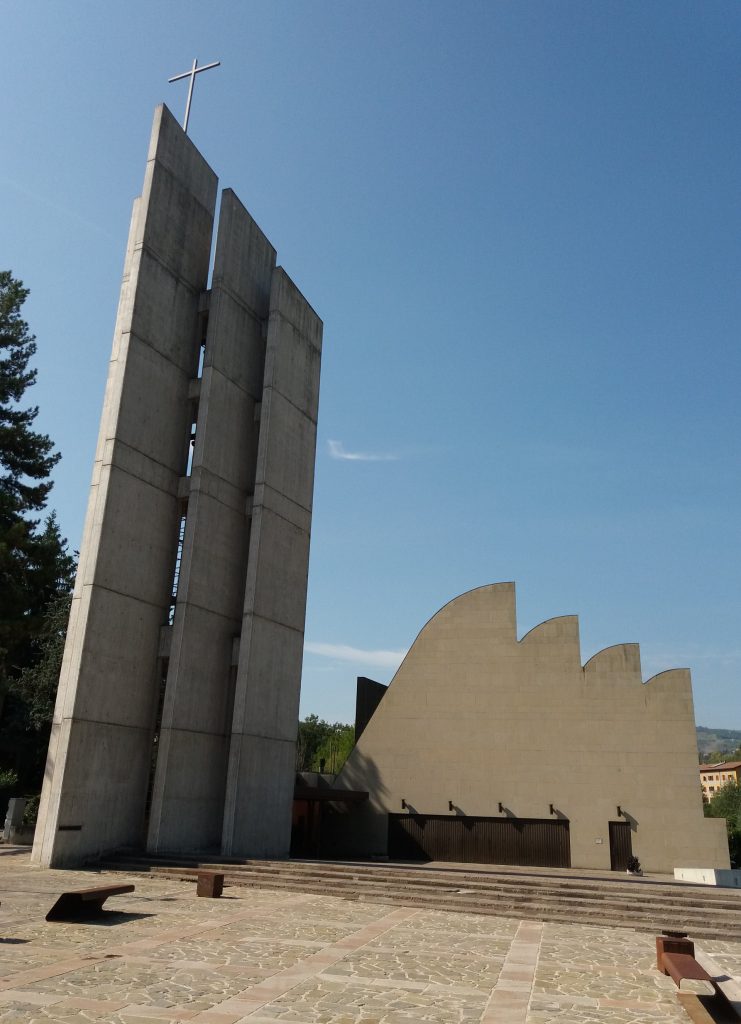
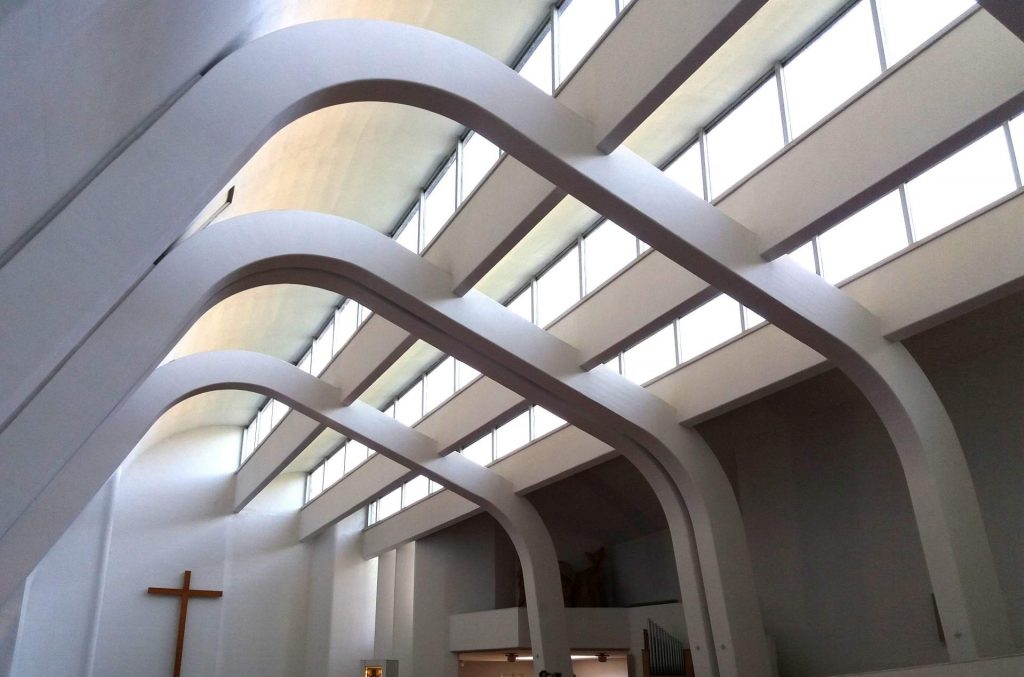
05. The natural light lifts and enriches the liturgy
The natural light paints the area in different ways, depending on the weather. In a way, this is a representation of the state of mind of the Church. The pure simplicity of the lines of the porch lead comfortably to a sacred space. The roof resembles the top of the surrounding mountains.
The basic structure goes along with the choice of the minimalism of the construction materials: reinforced concrete was donated by the construction company, the stone upholstery comes from the nearby quarry. Unfortunately, the walls that were supposed to connect to the river Reno are left unfinished.
The baptistery is one of the places where it is possible to see how Aalto figuratively interpreted the ideas that came out of the Second Vatican Council. It has an independent entrance and is illuminated by a shower of natural light, which signals the presence of the Holy Spirit, whereas the window towards the river is a reminder that water purifies.
The construction works started in 1976 and the Church was inaugurated in 1978. By then, neither Bishop Lercaro, nor Alvar Aalto were able to see it. The bell tower was not unveiled until 1994.



